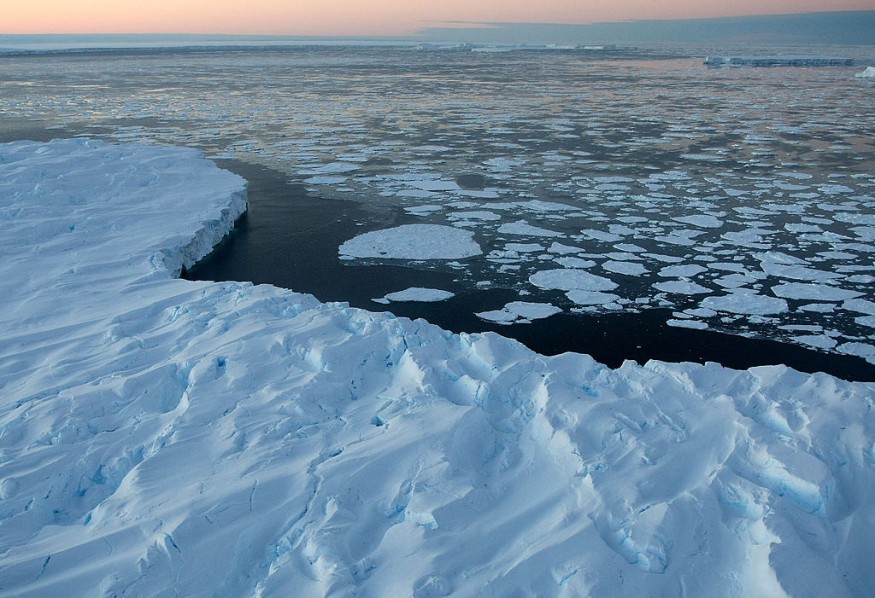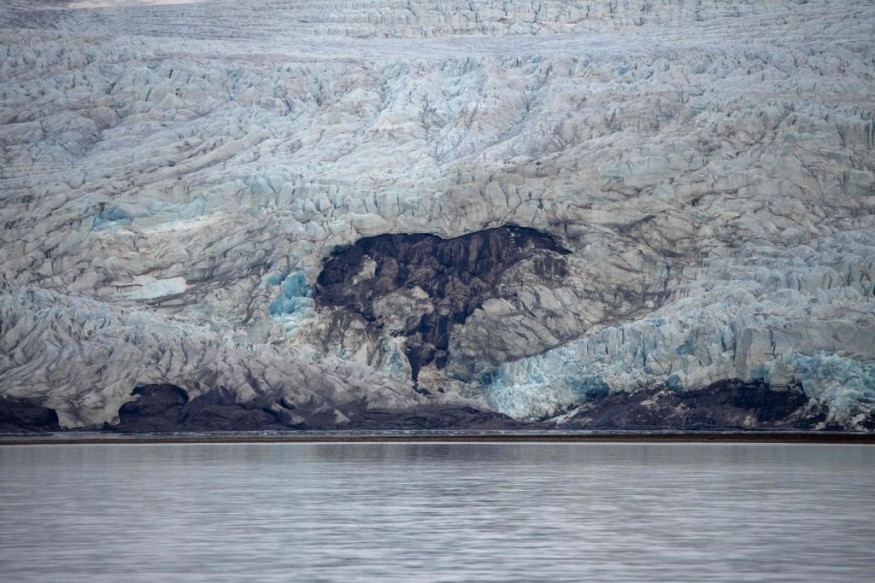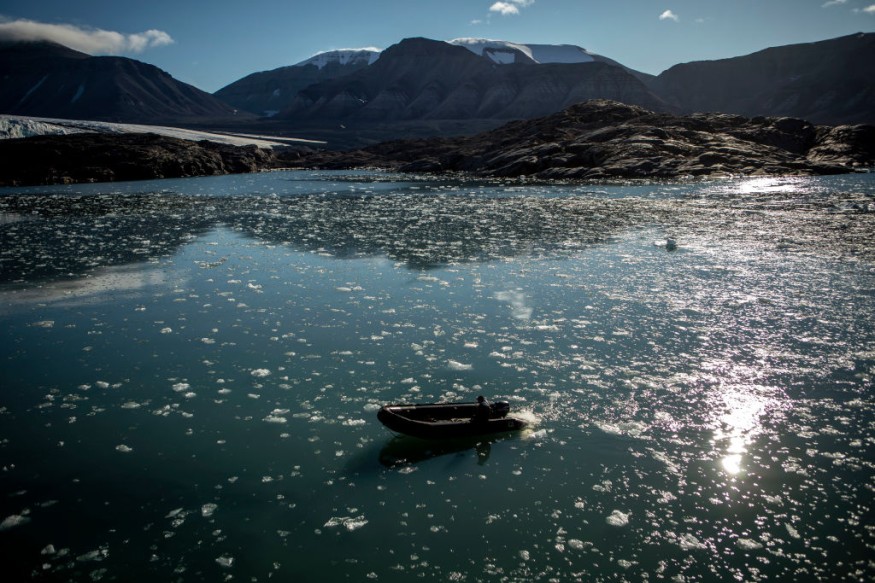Studies like "Polar Bears Making a Comeback" one have bolstered an ambitious proposal to build a sanctuary in the Arctic for ice-dependent species, from polar bears to microorganisms, to hunker down and wait out climate change.
Conservationists are banking on an area in the Arctic known as the Last Ice Area, where ice that lasts throughout the summer may endure the longest in a warming planet.

Arctic's Last Stand
The Arctic will make its last stand here. But it's unknown how long the Last Ice Area will be able to keep its summer sea ice. According to a computer simulation produced in September, the Last Ice Area might keep its summer sea ice eternally if carbon emissions do not raise global temperatures by more than 2 degrees Celsius over preindustrial levels, as specified by the 2015 Paris Climate Agreement. However, a recent UN analysis revealed that existing commitments to decrease emissions will warm the climate by 2.7 degrees Celsius by 2100, putting the Arctic's summer sea ice at risk.
Related Article : Rising Sea Levels Due to Greenland's Ice Loss Can Exponentially Increase Global Flood Risk
Nonetheless, other experts believe that if humanity banded together to limit emissions and install technologies to trap carbon and other greenhouse gases, the consequences of climate change on sea ice may be mitigated, if not reversed. Meanwhile, the Last Ice Area might buy ice-dependent species time in the struggle against extinction by serving as a refuge where they can withstand climatic change and possibly make a comeback in the future.
The Last Ice Area is a large floating icescape that stretches from Greenland's northern coast to Canada's Banks Island in the west. Because of an archipelago of islands off the coast of Canada that prevents sea ice from moving south and melting in the Atlantic, this region, nearly the length of the West Coast of the United States, has the oldest and thickest ice in the Arctic.
Arctic Noah's Ark

The final bastion of summer sea ice offers a chance to build a floating sanctuary - an Arctic ark if you will - for polar bears and other animals that rely on summer ice to thrive. WWF Canada and a coalition of researchers and Indigenous groups have been lobbying for the area to be preserved from another threat: development by companies interested in the region's oil and mineral resources for more than a decade.
In Dire Need

If no action is taken, the Arctic will lose the last of its summer ice by the end of the century. It would spell the end of ice hockey. However, Pfirman, who proposed the Last Ice Area as a World Heritage Site in 2008, claims that humanity has previously experienced significant economic and social transformations, such as those required to cut emissions and avert global warming. "I was in Germany when the [Berlin] wall came down, and no one expected it," she explains.
According to Pfirman, protecting the Last Ice Area is about purchasing time to conserve sea ice and biodiversity. She claims that the longer we can keep summer sea ice, the better we can save arctic species ranging from plankton to polar bears from extinction.
For more environmental news, don't forget to follow Nature World News
© 2026 NatureWorldNews.com All rights reserved. Do not reproduce without permission.





